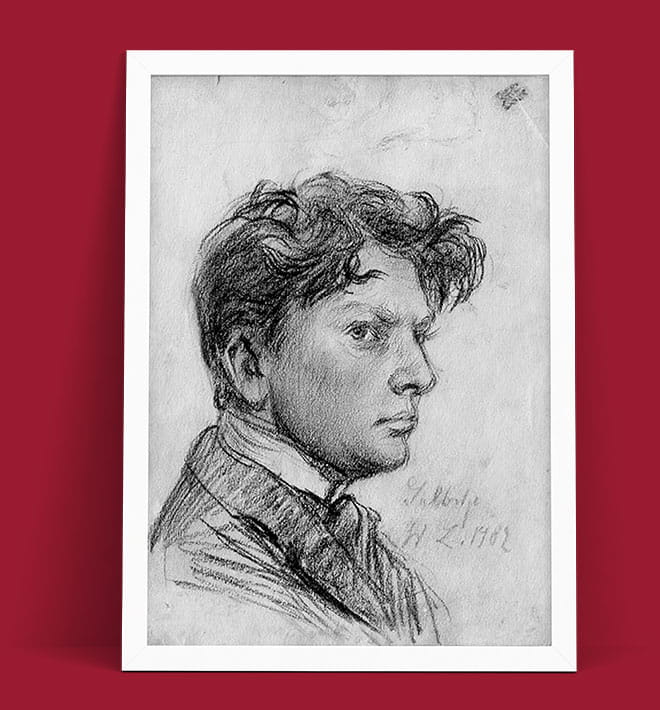Artistic Development and Parisian Influence
In 1910, Lehmbruck moved to Paris, the epicenter of avant-garde art. There, he encountered artists like Auguste Rodin, Constantin Brâncuși, and Amedeo Modigliani, whose works influenced his evolving style. Lehmbruck's sculptures from this period, such as Kneeling Woman (1911) and Standing Youth (1913), exhibit a shift towards expressionism, characterized by elongated forms and introspective moods.
World War I and Emotional Turmoil
With the outbreak of World War I, Lehmbruck returned to Germany and served as a medical orderly in a Berlin military hospital. The horrors of war deeply affected him, leading to a series of melancholic works like The Fallen (1915–16) and Seated Youth (1918), reflecting despair and human suffering. In 1916, seeking solace, he relocated to Zurich, Switzerland, where he continued to create art and engaged with pacifist intellectuals and artists.
Final Years and Legacy
In early 1919, Lehmbruck returned to Berlin for a portrait commission and was elected to the Prussian Academy of Arts. However, he struggled with severe depression and tragically ended his life on March 25, 1919. His death marked the loss of a profound artistic voice. Lehmbruck's legacy endures, with his works housed in major institutions worldwide, including the Museum of Modern Art in New York and the Tate Gallery in London.
The Lehmbruck Museum
Established in 1964 in Duisburg, Germany, the Lehmbruck Museum was designed by his son, architect Manfred Lehmbruck. The museum serves as a center for international sculpture, preserving Wilhelm Lehmbruck's works and promoting modern and contemporary art.
Wilhelm Lehmbruck's exploration of the human condition through sculpture remains a testament to his emotional depth and artistic innovation, securing his place as a pivotal figure in modern art history.








